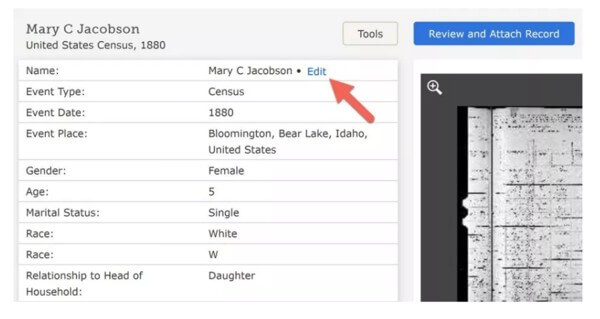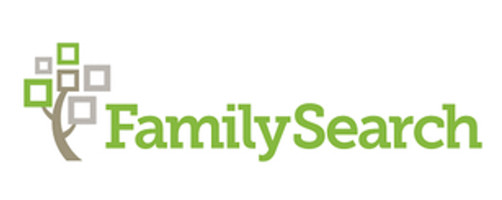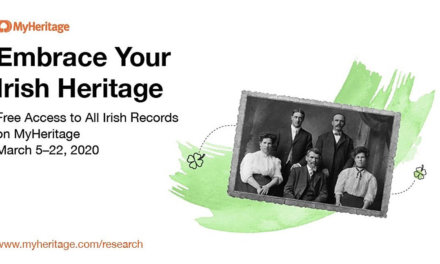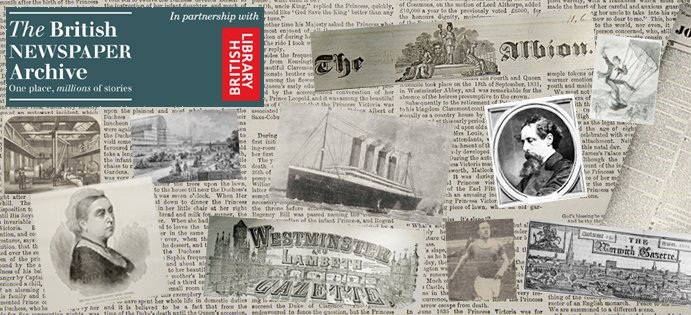FamilySearch has added a much-anticipated innovation that now enables users to make name corrections to its indexes. Corrections made by users increase the likelihood of success for researchers to find the records of their ancestors.
If you have ever searched for ancestors in online indexed records, at times you do find a record or two (and I’m not meaning the trees here, just the records) has your ancestor’s name indexed incorrectly. Until now, getting this fixed on FamilySearch was an impossible mission, but now they’ve updated their website, and this is now something you can fix yourself.
Sometimes it was indexed correctly according to what was written on the source document, but that name may not be an alternative spelling of the name used by your family.
The reasons for incorrect entries of indexed names are many and valid – difficult-to-read handwriting, faded ink, document damage, errors in the original documents, uncommon names, language barriers, and unexpected spellings are among them. When entries are indexed incorrectly from valuable historic records, it is difficult for family researchers to find the ancestor and the accompanying information they are seeking.

People can now correct the spelling on the index and leave a brief explanation. Corrections will appear along with the original index entries—making both searchable online. Only indexes referring to images can be corrected, meaning that not all index entries are editable. A user can check the image and compare it to the index entry. An icon of a page and a camera at the side of the index entry indicate that an image is available. FamilySearch advises that user corrections WILL NOT override the information already on the site, but simply add it an alternative. Multiple corrections can be added to a record, and all will be searchable.
FamilySearch product manager John Alexander recommends that users take the time to use the new tool as needed when they run across indexed records that they know are in error.
“Adding corrections to an index when the information does not match the names as written in the original document or if the document was recorded wrong will increase the quality of the index and usefulness to other searchers,” said Alexander. For example, if “Johnathan”—spelled with an H—was indexed as “Jonathan,” a user who recognizes the error can add to the index to show the actual spelling as written in the document.”
Mr Alexander also reports that users will soon have the ability to correct additional types of indexing errors besides names.
Editing an index entry on FamilySearch is simple. When searching for an ancestor on the site, users can look through the results for a likely record and click the ancestor’s name. A box will pop up with the indexed information on the left and a clickable image on the right. If the index is editable, the word “Edit” will appear in blue to the right of the name.
For a step-by-step run though of how to go about editing index entries, CLICK HERE.










